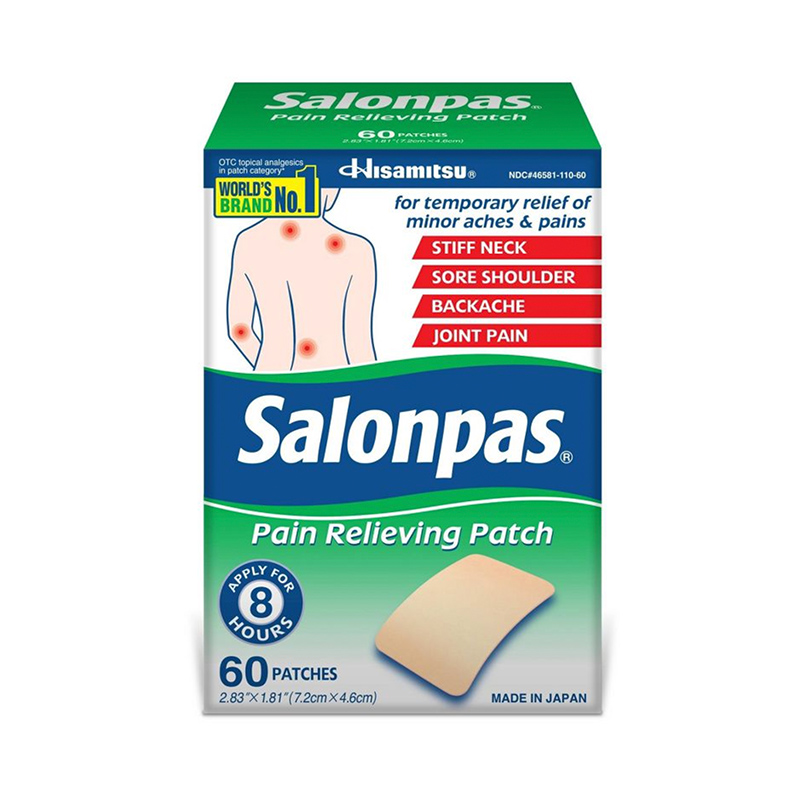Anatomy
The wrist is known as the most complex joint within the human body. Many people argue that the term “wrist joint” is baseless since the wrist contains many joints that function together to move the hand.
The wrist’s functions include:
- Moving the hand back and forth
- Transferring of force from the arm to the hand
- Providing flexibility and strength to the hand
These wrist functions depend on multiple bones, joints, and soft tissues such as tendons, ligaments, nerves, and blood vessels.
Bones In the Wrist
The bones in the wrist consist of carpal bones, forearm bones, and bones within the hand.
Two long bones in the forearm run from the elbow to the wrist. The larger bone is known as the radius. It is located on the same side as the thumb. The smaller bone, known as the ulna, is on the side of the little finger.
The end of the ulna is covered by a triangular-shaped disc. This piece of fibrous cartilage cushions the wrist bones. The ulna bone, however, does not directly form a joint with the wrist bones.
The place where the radius bone meets the wrist are two rows of small round bones. There are four in each row known as carpal bones. One row is known as the proximal carpals, and the other row is known as the distal carpal.
- Proximal carpals is the row of carpal bones that is closest to the forearm.
- Distal carpals is the row of carpal bones closest to the fingers.
- Together, these eight carpal bones are called the carpus. The distal carpals are responsible for forming five joints within the hand bones called the metacarpal bones. These are long bones that connect the distal carpals to the fingers and thumb.
Joints and Motions of the Wrist
The several sets of joints in and around the wrist are all responsible for different motions.
- The distal radioulnar joint is located in between the radius and the ulna at the wrist. This joint allows the forearm to rotate. The ulna will stay in a stable position while the radius rotates around it.
- The radiocarpal joint is located where the radius meets the first row of carpal bones, and is the main joint of the wrist. The radiocarpal joint is a condyloid joint. A condyloid joint is made up of an egg-shaped bone known as a condyle that fits into a cavity shaped like it. A condyloid joint allows for different motions such as backward and forward bending motions, circular motions, and side-to-side motions.
- The midcarpal joint is located where the proximal carpals and the distal carpals meet, and has the features of both condyloid and gliding joints. Gliding joints allow the bones to go up and down and in side-to-side movements, as they work together with the radiocarpal joint to move the wrist.
- Carpometacarpal joints are five joints between the distal carpals and metacarpals. Carpometacarpal joint is a saddle joint in the thumb. This saddle joint allows the joystick funcutality of the thumb with forward, backward, and side-to-side motions.
- Carpometacarpal joints are gliding joints in the finger that perform up and down and side-to-side motions. The carpometacarpal has a wide range of motion in comparison to other joints.
Common Causes of Pain
Injuries
Normally, sudden impacts are a leading cause of wrist injuries. These injuries most often occur when the wrist is fallen on in a forward fashion onto an outstretched hand. Injuries associated with this fashion of falling includes sprains, strains, and fractures.
Repetitive stress can cause pain at the base of the thumb. Any actions that involve repetitive wrist movement can inflame the tissues around the joints or cause stress fractures, especially when the movement occurs for hours on end without a break.
Arthritis
Osteoarthritis occurs when the cartilage that cushions the ends of your bones deteriorates over time. Osteoarthritis is an uncommon cause of pain and usually occurs only in people who have injured their wrists in the past.
Rheumatoid arthritis is a disorder in which the body’s immune system attacks its own tissues. Rheumatoid arthritis normally involves the wrist and if one wrist is affected so is the other.
Other diseases and conditions:
Carpal tunnel syndrome forms when there is more pressure on the median nerve as it goes through the carpal tunnel. The median nerve provides sensory and motor movements to your forearm, wrist, and hands.
Ganglion cysts are soft tissue cysts that occur most often on the part of your wrist opposite your palm. Ganglion cysts may be painful, and pain can either worsen or improve with activity.
Kienbock’s disease is a disorder that typically affects young adults and involves the progressive collapse of one of the smaller bones in the wrist. This happens when the blood supply to the bone is compromised.



